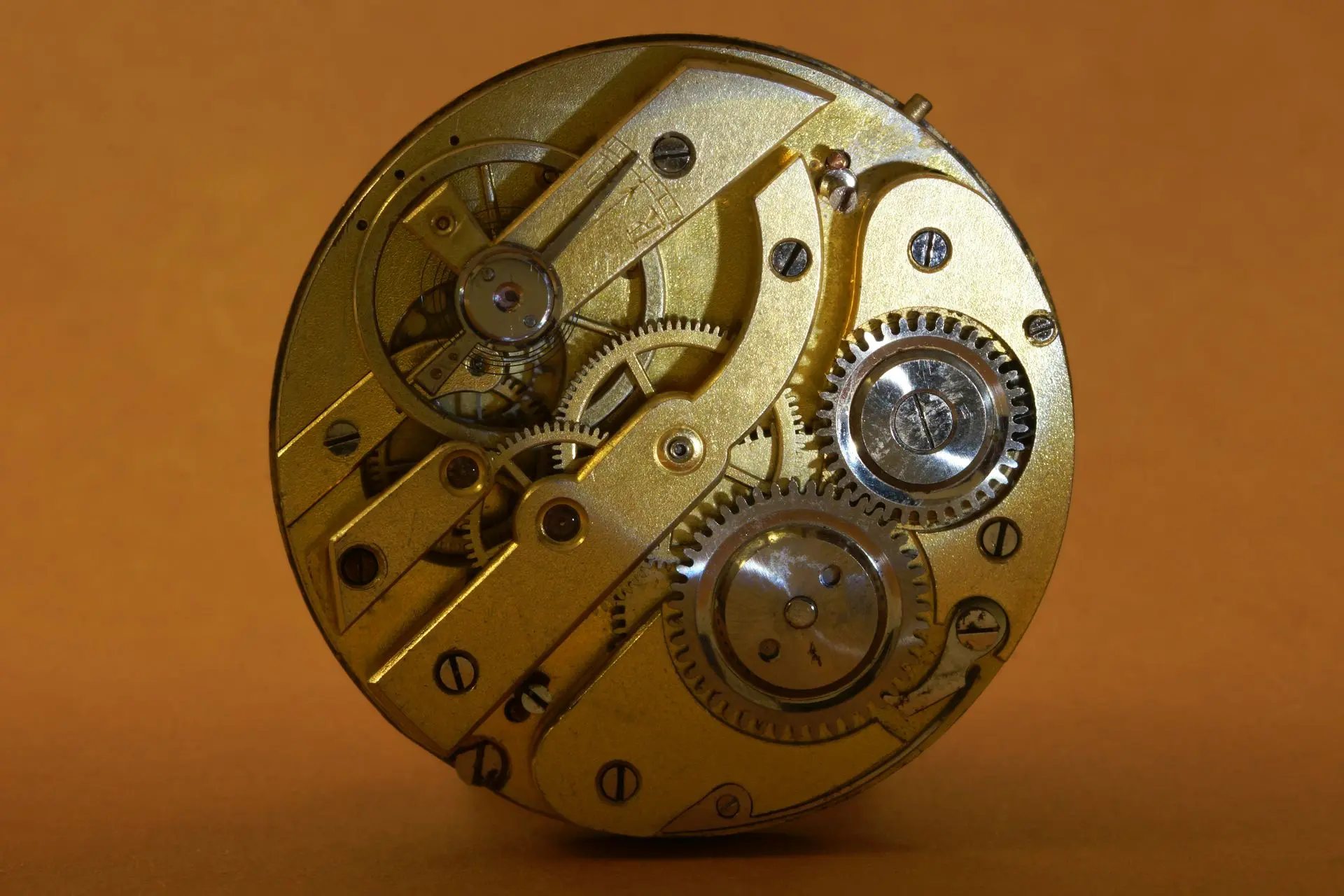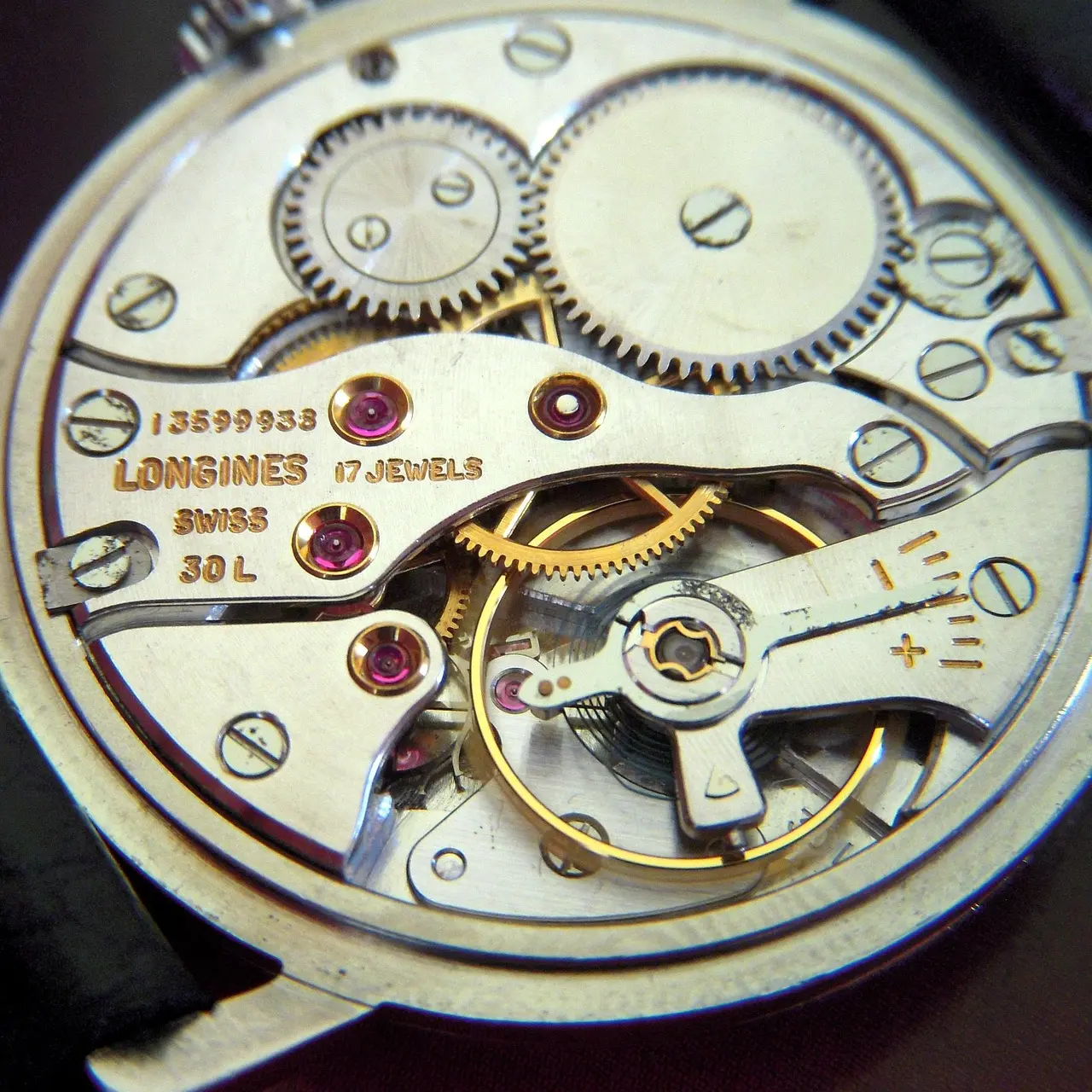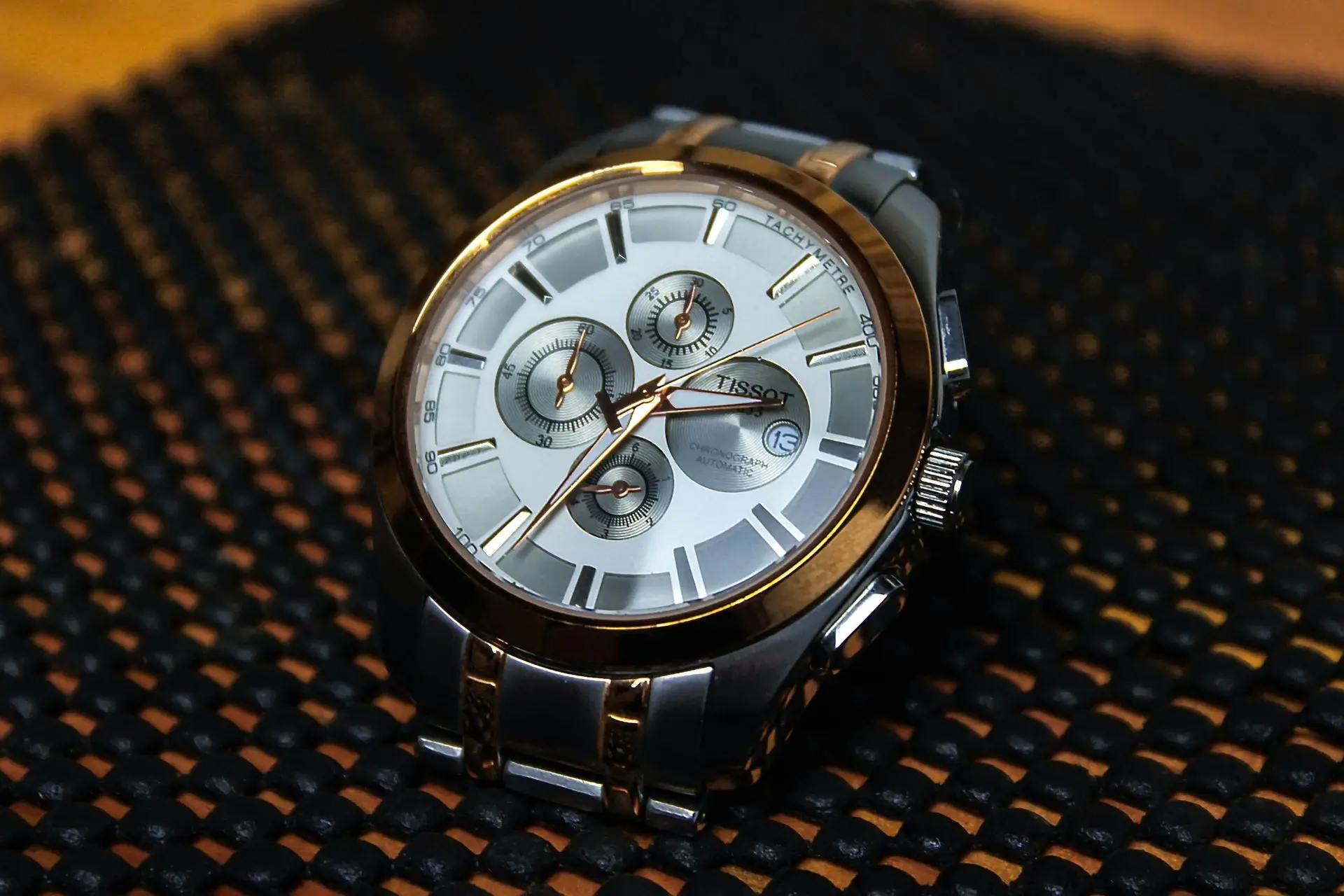It is the real heartbeat of your timepiece, the watch movement. It is the mechanism that drives every tick, turn, and sway of the hands. The movement, be it mechanical, automatic watch movement, or quartz, determines accuracy, craftsmanship, and value. Watch movement will make you select a timepiece that really fits your way of life.
What is a Watch Movement?
The movement of the watch is the inside component that causes your watch to move. It regulates timekeeping, date display, and other functions. Consider it the engine under the hood—unseen, but necessary. Your watch is only an accessory and not an exact instrument without the movement.
Each movement has a distinct means of conveying energy to move the hands. Others are powered by batteries, while others are driven by miniature gears and springs. The kind of movement that you have will not only influence the working mechanism of your watch, but also the comfort of the watch on your wrist.
Why the Watch Movement Matters
Your watch runs based on the movement, which dictates when it should be serviced, and even whether it should be attractive to you or not. A mechanical movement may appeal to you if you are fond of tradition and craftsmanship. A quartz movement is better suited for you if convenience is your top priority.
Price and durability are also influenced by the watch's movement. A properly designed mechanical movement can be used through generations, whereas a quartz movement is accurate and requires little maintenance. Knowing what is running your watch, you are making a more informed and pleasing decision.
Main Types of Watch Movements
As you browse watches, you will come across three broad categories of movements, which include mechanical, automatic, and quartz. Both have their strong points, peculiarities, and beauty.
1. Mechanical Watch Movement
The oldest and most traditional form of mechanical movement is mechanical movement. It functions purely through gears, wheels, and a tightly wound spring known as the mainspring. You turn it by hand to store energy, which slowly discharges to propel the hands.
There is admiration for mechanical watches due to their craftsmanship. Watchmakers are hand assemblers who assemble hundreds of tiny parts into a delicate machine that can be felt moving. All the ticks are electrically stimulated by your touch, not electricity.
Most of the time, you find mechanical movements on luxury or heritage watches. They require frequent winding and close attention, yet remain eternal in their emotional significance and artistry.
2. Automatic Watch Movement
Mechanical designs gave rise to the automatic watch movement (or self-winding). It has a rotor that is activated by the movement of your wrist, and this automatically winds the mainspring. So you can keep on wearing it, and the watch will run.
Automatic watches are a combination of tradition and convenience. You get all the grace of mechanical engineering without being wound up day by day. Nonetheless, if you do not wear it for several days, the power supply may be exhausted, and you will need to restart it.
Automatic watch movements are loved by collectors because of the artistry and because of their association with the rhythm of the wearer- a heartbeat on your wrist.
3. Quartz Watch Movement
Quartz revolutionized the watch as the movement was introduced in the 1970s. It does not rely on springs and gears but operates with the help of a battery that transmits electric pulses with the help of a quartz crystal. The measurements of these vibrations are very accurate.
Quartz watches are precise, low-maintenance watches, as well as less expensive. They need not be wound, and they are not likely to be more than a few seconds a month out of commission. This is why the majority of modern watches in the contemporary world are made with quartz movements, which are ideal for daily use.
Mechanical or automatic designs, however, lack the emotional appeal of quartz. It is the most feasible and least romantic of the three.

How a Watch Movement Works
A watch movement is the conversion of stored energy to motion. This is based on the nature of movement, and they all have one objective: uniform timekeeping.
Mechanical and automatic movements of watches have springs that gradually unwind this tension to move gears and hands.
Quartz movements are based on the frequency of electricity and vibration and can be considered the most accurate clocks.
Each component - escapements to balance wheels - is important. Even a minute variation in the flow of energy can influence accuracy. That is why movements are commonly calculated in vibrations per hour (VPH) or beats per second, which indicates the smoothness of the movement of the hands.
Manual vs Automatic Watch Movement: What's the Difference?
The difference lies in the fact that both manual and automatic watch movements are mechanical, but there is a distinction in the way they are wound.
- When using manual watches, you have to wind the crown to take energy.
- Automatic watches are wound automatically.
Provided you enjoy the process of winding your watch in the morning, a manual movement brings you even closer to the time. Unless you are very comfortable, an automatic movement will keep you going just fine.
Both are made with skill and style-- it's a matter of which sort of relationship you wish to have with your watch.
The Craftsmanship Behind a Watch Movement
The artistry of a watch movement lies in its beauty. There are gears in it that are less than a grain of rice, jewels that make friction smaller, and springs that work with a tightness that matches a hair-strand. It takes accuracy and care to put together.
Several months or even years are required by luxury brands to perfect a single movement. Many are assembled manually, calibrated, and tested repeatedly. Other movements are open case back models, which give you an opportunity to observe the complex movement of gears and balance wheels.
Being able to possess such a timepiece is the possession of an artwork that breathes and lives on your wrist.
Accuracy and Performance : How Movements Differ
Watch movements can be characterized in terms of accuracy. Here the quartz movements preponderate,--within minutes per month. The quality of mechanical and automatic watches can make them gain or lose a few seconds every day.
The best mechanical watches, such as those that are qualified as chronometers, are highly tested to maintain accuracy. Nevertheless, they will never compete with quartz accuracy - and that is all right. To most fans, the flaws are what make it so beautiful; the beat resembles the heart, making every beat seem human.
Maintenance and Care for Watch Movements
By taking care of your watch movement, you will be guaranteeing its longevity. Here's how you can maintain it:
- Use no magnets: Powerful magnetic fields may interfere with accuracy.
- Frequent servicing: Mechanical and automatic watches require servicing every 35 years.
- Battery replacement: For quartz watches, replace the battery when it is low.
- Storage: When not in use, keep your watch in a dry, clean box.
Frequent maintenance keeps your movement in perfect order over time. A good watch is even an heirloom.
The Emotional Value of a Watch Movement
The watch movement is not only mechanical with gears and springs; however, there is emotion attached to it. It is an icon of accuracy, attention to detail, and art. This is because every tick signifies one of the human interactions with time.
Wearing a watch whose movement is visible allows you to observe the movement of life. It is not so much about time keeping but time feeling. Each step of the gears is a tick of the clock (or a little heartbeat) to say that time is not dead.
The mechanical and automatic watch is timeless, even in a digital world, because of that emotional tie.
Choosing the Right Watch Movement for You
The best watch movement is tailored to your lifestyle and personality.
- Quartz should be selected if you desire accuracy and minimal maintenance.
- Select 'Automatic' if you prefer accuracy and art.
- Select mechanical when you are a lover of tradition, craft, and the art of winding.
There is no right or wrong decision; it is merely what fits best. Imagine it as the selection of a heartbeat that should follow your rhythm.
The Future of Watch Movement
Although smartwatches are still in existence, traditional watch movements continue to showcase the iconicity of watches. The craftsmanship, feeling, and artistry that go into every tick are not lost on people. It is within the realm of possibility that the future will merge the past with technology - mechanical beauty with intelligent comfort.
New materials, accuracy, and environmentally friendly sources of power are already being tested by brands. The spirit of the movement - the beating heart of time - is something that will remain at the heart of watchmaking.
Conclusion
The movement of the watch is not just any mechanism; it is the heartbeat of your watch, determining how it functions and operates. It pulls precision, passion, and individual style together into a beat.
At Leitzeit, we recognize such an art in the form of highly designed watches that stand as a mirror of your personality. Stay in touch with us to learn more about our endless craftsmanship and automatic watch movements. Your ideal watch—and its pulse—waits for you.